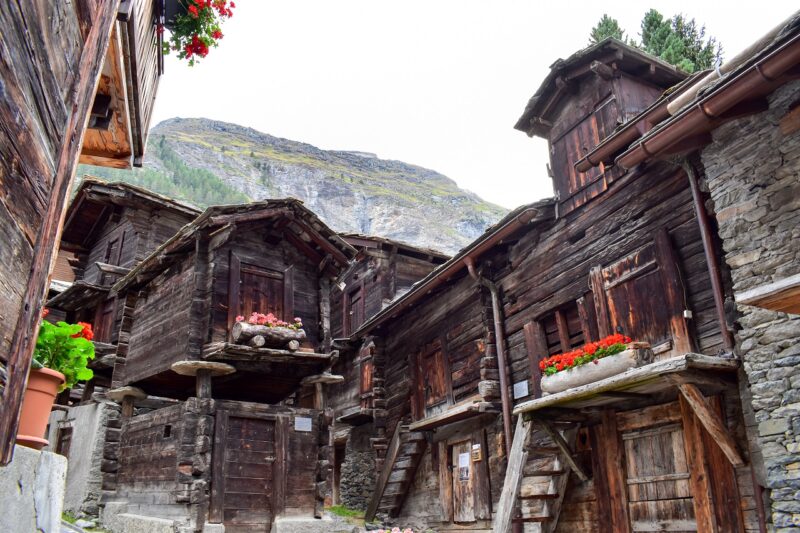Published: 13/12/23 By: Mike Bekin
Timber, with its timeless appeal and remarkable versatility, has shaped the world around us in countless incredible ways. From the homes we live in, to the bridges we have built to connect entire communities, wood has played a pivotal role in the construction of our societies. With a rich history dating from the early days of humans to the modern age (and beyond!) it is one of the few building materials which has been with us since the dawn of our species.
To learn more we have taken a look back through time, exploring just how much timber has helped us to get where we are today.
The Early Days of Timber Construction
The use of timber in construction dates back to the Stone Age, making it one of the earliest building materials employed by humans. In fact, the earliest signs of woodworking by human hands date back around 1.5 million years – very early on in the evolution of the species. The first known uses of timber were for tools, e.g. handaxes, which would have helped humans become better hunters in harsh environments and given them an advantage over predators.
As evolution continued, the abundance of timber made it key to human survival and development. From building shelters to finding food, it gave early humans access to a building material which was fairly easy to work.
Ancient Timber Construction
As civilisations evolved, so did their use of timber products in construction. Ancient cultures such as the Egyptians, Greeks and Romans utilised timber for a wide range of purposes, including the construction of homes and larger buildings. The timber used was not always locally sourced either! Between 2014 and 2016, a 2,000 year old Roman villa was discovered to have 24 Oak timber planks sourced from mountains in France making up part of the foundations. That is a long journey for high-quality timber – but it did last for thousands of years, so it paid for itself!
Mediaeval Timber Uses
The mediaeval period saw a steep increase in timber-framed architecture. Timber was abundant, and its strength and flexibility made it ideal for creating intricate designs and large, open spaces. Timber-framed buildings, such as mediaeval European cathedrals and Japanese pagodas, are a testament to the craftsmanship and engineering knowledge of the time.
The Industrial Revolution and Mass Timber
The Industrial Revolution marked a turning point in the history of timber in construction. With advances in technology and a sudden rush of trade, timber began to be used on a much larger scale. New timbers were also created, including Glulam, which allowed for stronger construction using cheaper timber, creating complex buildings on a mass scale.
Timber Today: Sustainable and Innovative
Though steel, concrete and plastic all became fierce competitors to wood in the 1900s, the 2000s have seen a timber comeback thanks to the sustainable revolution. With eco-friendly building practices becoming increasingly important to businesses and construction clients, the renewable, carbon-sequestering properties of timber make it a popular choice for the modern age.
Find FSC-Certified Timber at EcoChoice
If you are a timber enthusiast, you will fit right in with the EcoChoice community! Supplying FSC-certified wood from responsibly managed forests to projects around the UK, here we live, breathe and sleep timber. If you are looking for cladding boards, decking boards or bespoke timber products for your next project, get in touch with us today and we will be more than happy to help.
Image: Suratwadee Rattanajarupak / Shutterstock.com

